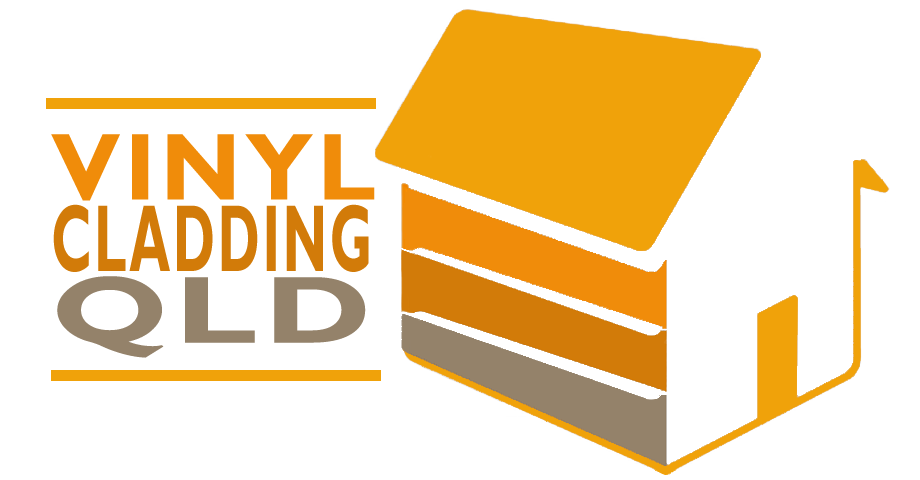Cladding is an external layer installed to the exterior of buildings, mainly to protect the exterior walls from weather elements as well as improve its aesthetic looks.
External cladding plays an important role in protecting walls from wind and water.
Covering the external walls with the right cladding material ensures that there is no infiltration of water.
TYPES OF CLADDING
There are many different types of cladding available today. In Queensland, you will typically choose from a wide range such as timber, weatherboard, brick, concrete, metal, external foam, fibre cement, vinyl and stone.
Your choice of cladding depends entirely on the type of building and what your needs are.
Architects use different types of cladding to project different aesthetic styles and to provide protection to the exterior of buildings.
THE IMPORTANCE OF COVERING YOUR WALLS WITH EXTERIOR CLADDING
Cladding on your exterior walls provides an additional layer that protects from the impacts of weather.
Exterior Cladding is a weather resistant cover that must be installed in such a manner that there is no risk of water accumulation within the cavities and wall assemblies. Apart from the much-needed protection, wall sidings also provide structural strength and architectural and aesthetic appeal to buildings.
CLADDING OFFERS MANY BENEFITS
Cladding your home or office offers good protection from the cold and heat, including insulation. When correctly installed, cladding can help save on your power bills, improve the aesthetics and value of your building.
One of the most commonly chosen materials for cladding is vinyl.
Vinyl Cladding is easy to maintain. To maintain it, all you have to do is to give it a wash with soap and water.
FACTORS TO CONSIDER AS YOU CHOOSE THE RIGHT WALL CLADDING
There are many factors to consider while choosing the right cladding material such as cost, appearance, durability and ease of installation. The cladding material you choose must be able to withstand wind and water. It must also be strong enough to carry heavy load and have enough strength to resist mechanical damage. The cladding material must require low maintenance and provide optimum insulation value.
Your geographical location plays a major role in the choice of cladding materials.
Keep the above mentioned factors in mind as you choose the right type of external or internal siding.
